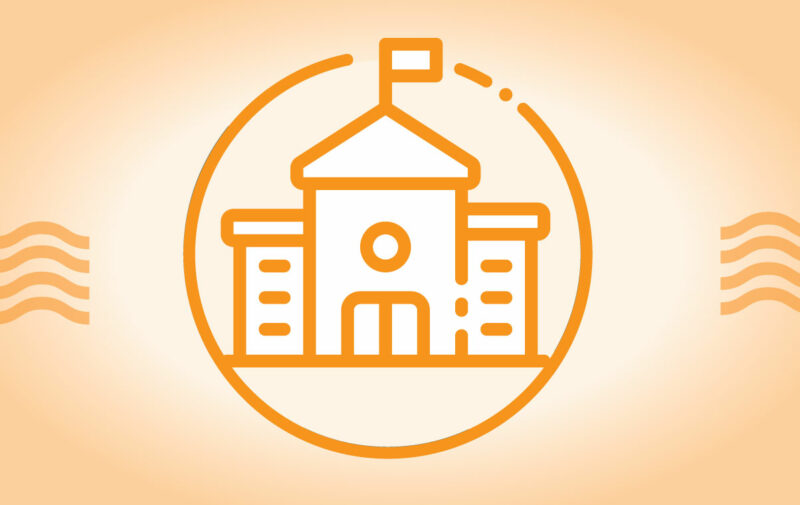
Strategic Education
Increasing Indigenous Representation in Medicine through Academics Engagement and Innovation (IIMAGIN)
Year Awarded:
2022
A new initiative called Increasing Indigenous Representation in Medicine through Academics, Engagement and Innovation (IIMAGIN) led by the UW School of Medicine and Public Health’s Native American Center for Health Professions (NACHP) will expand the recruitment of indigenous students into health professions. American Indian/Alaska Native (AI) professionals are underrepresented in medicine and the health professions, and there are gaps along the medical training pathway at two key stages including application to medical school and retention/promotion to faculty. IIMAGIN aims to address the healthcare workforce needs at critical intervention points along the medical training pathway by creating dedicated pre-college and college pathway programs, establishing a pre-faculty development pathway, and developing new AI health and medical curriculum offerings.

COVID-19 Response Grant
Teaching the General Public How To Test and Maintain Readily Available Face Masks
Year Awarded:
2020
When the United States Center for Disease Control (CDC) began encouraging everyone to wear masks to help reduce the spread of COVID-19, many people were unprepared. Some individuals didn’t know how to properly wear a mask while others weren’t able to obtain one. However, evidence continued to mount that proper use of masks was critical to managing COVID-19. Through instructional videos, this project focused on teaching Wisconsinites how to evaluate and properly use the masks that are readily available to them to help protect people from COVID-19.
The grant team was successful in developing a mask solution that, if widely adopted, would help lessen the impact of COVID-19. They found that mask fit was crucial for filtering aerosol, which are smaller respiratory droplets, both for inhalation and exhalation. The team created three informational videos focused on the importance of mask fit, how to improve mask fit, and how to choose the right mask. The videos were showcased by several news outlets alongside interviews with the principal investigator; the video Can Your Mask Stop a Cough? – Mask Study using a Laser has over 30,000 views on YouTube as of June 2021.

Strategic Education
Wisconsin Partnership Program Scholarship
Year Awarded:
2019
The Wisconsin Partnership Program at the UW School of Medicine and Public Health (SMPH) has established the Wisconsin Partnership Program Scholarship Program – a four-year scholarship created with the goal of increasing recruitment of medical students at the SMPH from communities that are disproportionately impacted by health inequities and poor health outcomes. Funded by the Partnership Education and Research Committee (PERC), the scholarship program is designed to enhance the recruitment and retention of medical students in Wisconsin, and in doing so, help create and sustain a physician workforce that reflects and keeps pace with Wisconsin’s diverse population.

COVID-19 Response Grant
Badger Nurses Collaborating on Covid-19 Vaccine Education and Delivery (BN-CoVED)
Year Awarded:
2020
Through the Badger Nurses Collaborating on Covid Vaccination and Education Delivery (BN-CoVED) project, the UW–Madison School of Nursing contributed to the statewide vaccination effort by training faculty and students to provide accurate COVID-19 information to the public and to safely give the vaccine. The School of Nursing collaborated with four UW System nursing schools: Green Bay, Oshkosh, Eau Claire, and Stevens Point, along with the schools’ community partners to staff vaccination clinics.
Between February and June 2021, 648 nursing students and 68 faculty contributed a collective 10,196 hours of time to the vaccination effort. Sixty community organizations were assisted by nursing students and faculty during the vaccination roll-out. The success of this project has led to strengthened and new partnerships among many public health departments, health care centers, schools, tribal health organizations, and organizations involved in the state’s vaccination campaign, as well as prepared students for their career as nurses.

Strategic Education
UW Preventive Medicine Residency Program Strategic Education Grant
Year Awarded:
2017
Wisconsin’s evolving healthcare needs require that physicians are well trained to care for patients as well as able to understand the health needs of the populations and communities they serve.
Through the UWSMPH Preventive Medicine Residency Program – Wisconsin’s only accredited Preventive Medicine Residency Program – graduates are uniquely trained in population-based approaches to medicine and well-prepared for careers and leadership in local, state and federal health agencies as well as in health systems and community-based organizations.

COVID-19 Response Grant
UW Student Health Care Worker Tuition Program (UW-SHCWTP)
Year Awarded:
2022
As Wisconsin experienced multiple waves of COVID-19 infections, hospitals and health care facilities faced staffing challenges. Baccalaureate, degree-completion, and graduate nursing students at the University of Wisconsin–Madison and other UW institutions were able to fill critical vacancies across the state at this time of heightened need through the UW Student Health Care Worker Tuition Program (UW-SHCWTP). The initiative aimed to provide a $500 tuition credit for as many as 2,000 nursing and health sciences students within the UW System to help fill local health care staffing needs over the spring 2022 semester.
The initiative was led by the UW–Madison School of Nursing and supported with a $500,000 grant from the Wisconsin Partnership Program to expand an initial effort supported by the Wisconsin Department of Health Services. The project was successful as a total of 1,689 UW System students received tuition support from this program, with over one-third being UW–Madison students and two-thirds representing 12 schools within the UW System including six nursing schools. Additionally, work was completed across 79 unique zip code areas and included rural, urban, and suburban locations in Wisconsin.